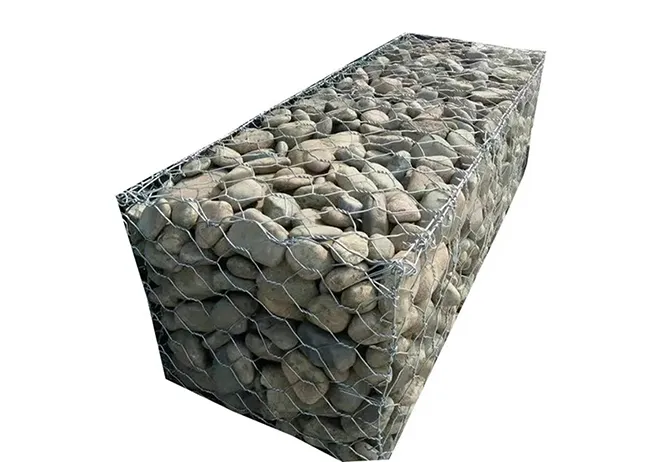Lap . 10, 2024 18:21 Back to list
Top Quality Poultry Wire Mesh for Secure and Durable Farming Solutions
The Best Poultry Wire Mesh A Guide to Choosing the Right Material
When it comes to keeping your poultry safe and secure, choosing the right type of wire mesh is crucial. Poultry wire mesh, also known as chicken wire or aviary netting, serves as a protective barrier against predators while also providing a safe environment for your birds to roam. With various options available on the market, understanding what makes the best poultry wire mesh can help you make an informed decision.
Types of Poultry Wire Mesh
1. Hexagonal Wire Mesh This is one of the most common types of poultry wire mesh. Its hexagonal shape is designed for optimal strength while providing adequate ventilation. Typically made from galvanized steel, hexagonal wire mesh is resistant to rust and corrosion, making it ideal for outdoor use. The mesh size is usually three to four inches, which prevents larger predators from entering while allowing poultry to see out.
2. Welded Wire Fencing Welded wire mesh consists of steel wires that are welded at each intersection, forming a grid pattern. This type of mesh offers higher durability and strength compared to hexagonal mesh. It is excellent for areas where larger predators are a concern, as it can withstand more force. Moreover, its robust construction means it is less likely to sag or be bent, making it perfect for long-term use in chicken coops and runs.
3. Poultry Netting Poultry netting is typically made of plastic or nylon and is lighter than metal wire mesh. Although it may not provide the same level of sturdiness as metal options, it is an affordable choice for those with smaller flocks or who need temporary fencing solutions. Its flexibility can make it easier to install in challenging terrains, and it often comes in various heights.
Factors to Consider When Choosing Poultry Wire Mesh
best poultry wire mesh

1. Size and Durability The size of the mesh openings is critical. Small openings (less than an inch) will keep out most small mammals and birds, while larger openings may be suitable for an enclosed area where larger threats are not a risk. Durability plays a significant role; for example, galvanized steel options last longer than non-treated materials.
2. Purpose and Location Consider the purpose of the fencing. Are you merely keeping your birds in, or do you need robust protection against predators? The location also matters. Coastal areas with salty air require rust-resistant materials, while areas prone to heavy wildlife might necessitate stronger fencing.
3. Installation Some types of poultry wire mesh are easier to install than others. Hexagonal wire mesh can be a bit more challenging to work with, while plastic netting can be easily cut and shaped. Assess your DIY skills and the tools available to you when choosing your fencing material.
4. Budget Finally, your budget will influence your choice of poultry wire mesh. While welded wire fencing is the most durable, it may come at a higher cost. Evaluate how much you are willing to invest in your poultry's safety and seek options that balance quality and affordability.
Conclusion
Choosing the best poultry wire mesh is vital for the safety and well-being of your flock. Whether you opt for hexagonal wire mesh, welded wire fencing, or poultry netting, ensure it meets your specific needs. Consider factors like size, durability, purpose, and budget before making your final selection. By investing in quality poultry wire mesh, you can create a secure and comfortable environment for your birds to thrive.
With the right mesh in place, you can enjoy peace of mind knowing your poultry are safe from unwelcome intruders while they enjoy the great outdoors.
-
High Quality 9 Gauge Expanded Metal Mesh & Chain Link Wire Mesh Fence Manufacturer
NewsJun.10,2025
-
Barbed Wire Roll Price - Wholesale Exporters & Reliable Factories Supply
NewsJun.10,2025
-
High-Quality Temporary Mesh Fence Panels for Sale Durable Temporary Fence Panels Supplier
NewsJun.10,2025
-
Welded Wire Fence Mesh Exporters Custom Sizes & Competitive Pricing
NewsJun.10,2025
-
Durable China Expanded Metal Security Mesh High-Security & Affordable
NewsJun.10,2025
-
White Expanded Metal Mesh Durable for Temp Fencing & Plaster
NewsJun.10,2025



